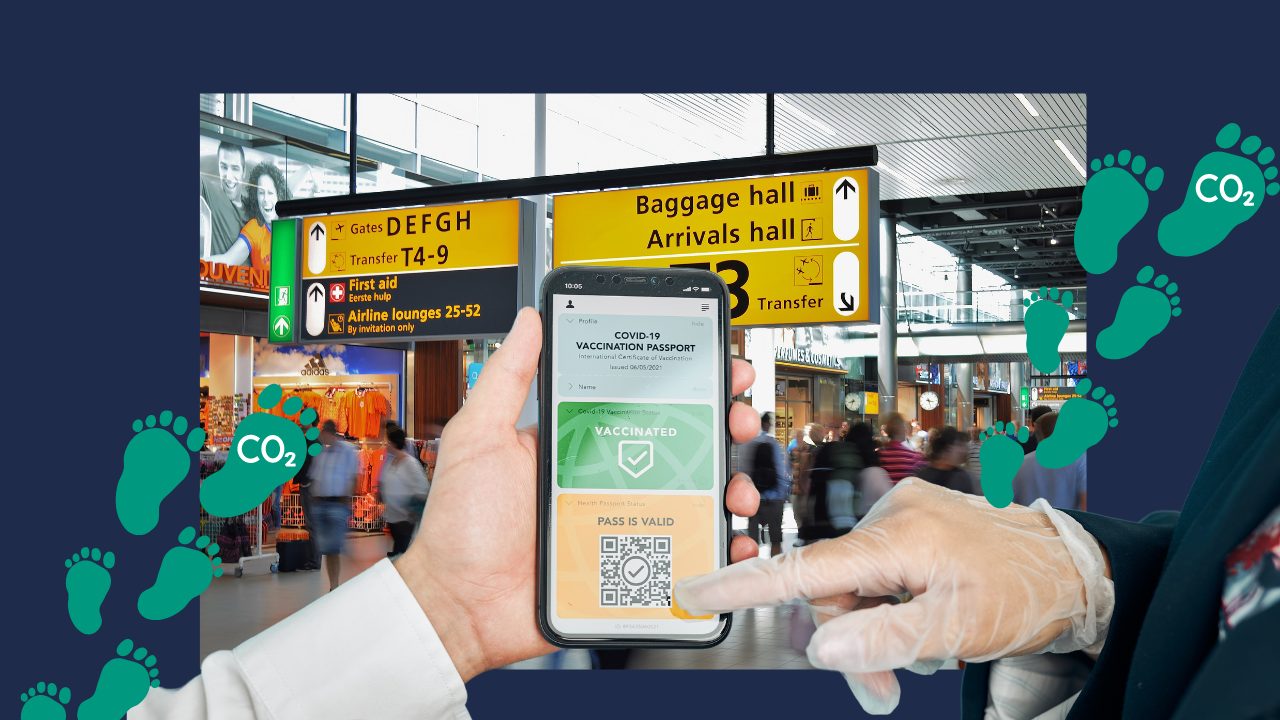Ever been asked to shoot over your ID online? Comfortable with that? Think it’s safe? Today, we’re tackling these questions and more about sharing this kind of info on the internet.
Swapping info online has become pretty standard, but we’ve got to be aware of the risks that come with sending personal docs if we’re not careful. In this blog, we’re diving into the potential threats and dangers we expose ourselves to, along with some good practices to minimize the fallout if you ever have to shoot out sensitive info.
So, it’s pretty common these days for someone to ask for your ID (DNI) to sort out some business online, be it through email, WhatsApp, a web form, or even some cloud service. For example:
• When crashing at a place, the “host” often wants you to send all tenants’ IDs via WhatsApp to formalize registration, especially if they’re not physically at the location.
• Signing up for a course or platform? You might need to share personal data, like your ID, to confirm you’re really who you say you are.
• Verifying your age when signing up for certain online services to meet legal requirements.
All good so far, right? These scenarios aren’t exactly shocking, but what’s important is knowing that when you share private docs online, you lose control over their security. If you’re unsure about the safety measures on the receiving end, your data might end up in the wrong hands or get used inappropriately.
So, it’s crucial to grasp the risks tied to sending private docs and take necessary steps to protect your personal info.
Risks of Sharing Docs Online Without Protection Mechanisms
In today’s world, keeping an eye on the security and privacy of our personal data is key, as we’ve discussed in various privacy and online identity resources. Sending private documents, like IDs or passports, online can expose us to various threats, such as:
• Identity Theft: If this info lands in cybercriminal hands, they can impersonate us and commit crimes in our name, leading to serious legal and personal consequences.
• Loss of Information Control: Sending private docs to unknown websites increases the risk of losing control and improper use of the information.
• Communication Vulnerabilities: During transmission, there’s a risk of interception by attackers looking to access confidential info through vulnerabilities in networks or servers.
• Social Media Misconfigurations and Overexposure: Sharing private info on social platforms or poorly configuring privacy settings can expose personal and sensitive data to undesired individuals without our knowledge.
• Cloud Storage and Accidental Sharing: Carelessness in storing info in the cloud and the possibility of accidentally sharing data with third parties can result in the unwanted disclosure of confidential information.
Security Measures to Protect Your Docs
If you find yourself needing to share personal docs, here are some measures to make sure you’re doing it as securely as possible:
Verify the Recipient’s Identity: Before sending sensitive docs, make sure you know and trust the person or entity receiving the information. Verify the authenticity of the recipient before sending docs and avoid sharing them with strangers or on unsecured websites.
Use Secure Sending Methods: Use file-sharing platforms with additional security measures, like protecting a document with a password. This way, only the recipient with the password can access the content.
#PRVCYTips:
These tools are useful when sharing secrets, code snippets or any other kind of text with others in a private way.
PrivateBin – A minimalist, open source online pastebin where the server has zero knowledge of pasted data. Data is encrypted/decrypted in the browser using 256 bits AES.
Yopass – Secure sharing of secrets, passwords and files.
Always remember to identify the amount of information needed, assessing if it’s necessary to send all the details of a document or if you can reduce the amount of info shared. The less confidential information you provide, the lower the risk in case of a security breach; and in the end remind the Recipient to Delete Info: Once the recipient no longer needs that info, remind them to delete it from their devices or systems.
In conclusion, sharing private docs online comes with risks, as we’ve outlined. So, next time someone asks you to send docs like an ID, make sure that person is who they claim to be, that you’re sending it securely (encrypting it, using a trusted connection, etc.), and that the recipient will only use that info for the stated purpose, providing or justifying the security measures they’ll apply. If any of these requirements aren’t met, hold off on hitting that send button.












